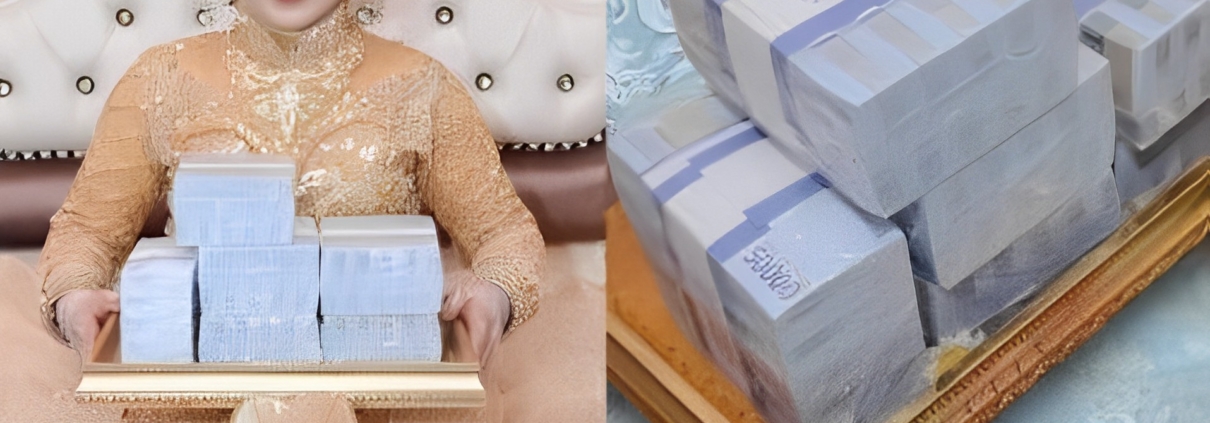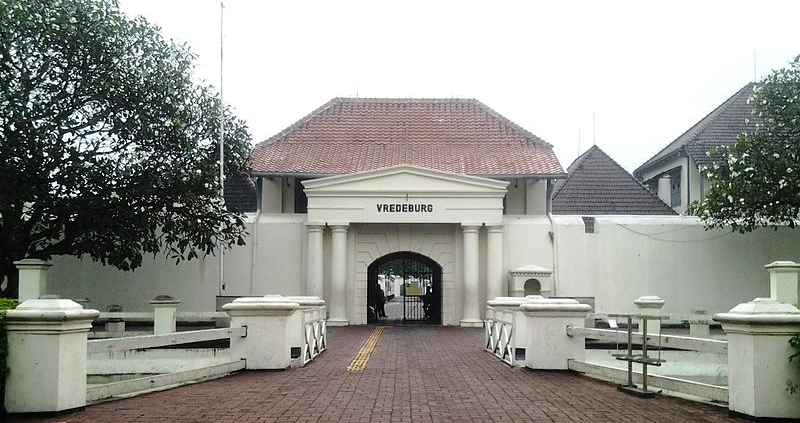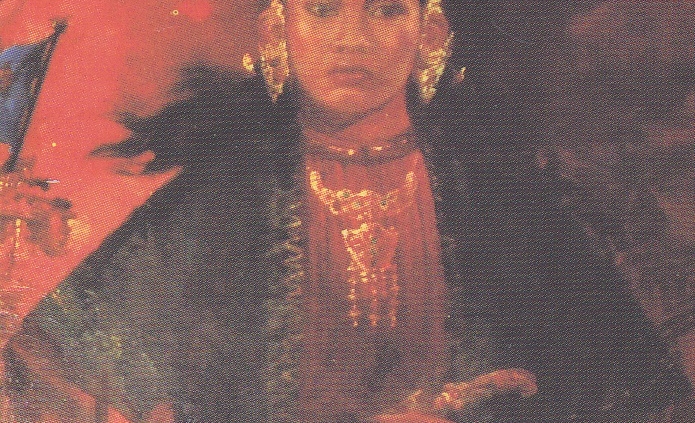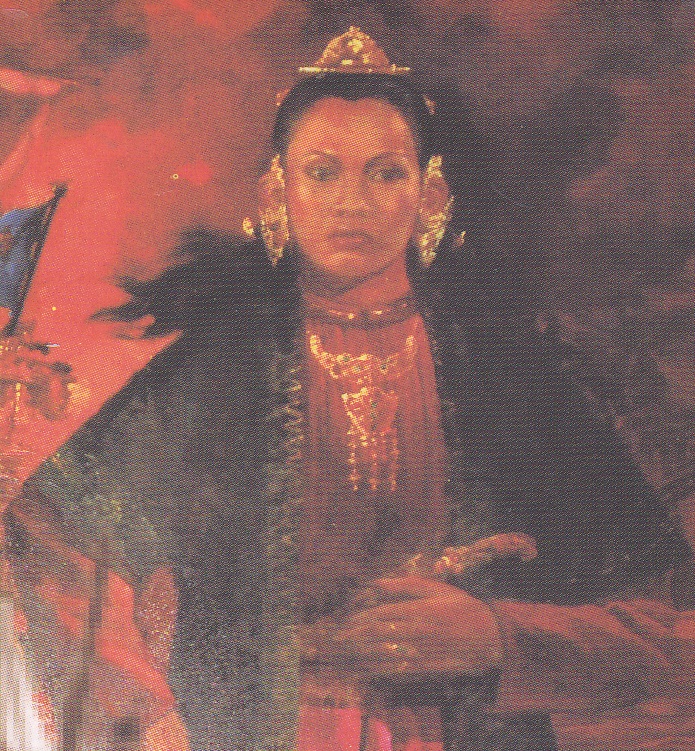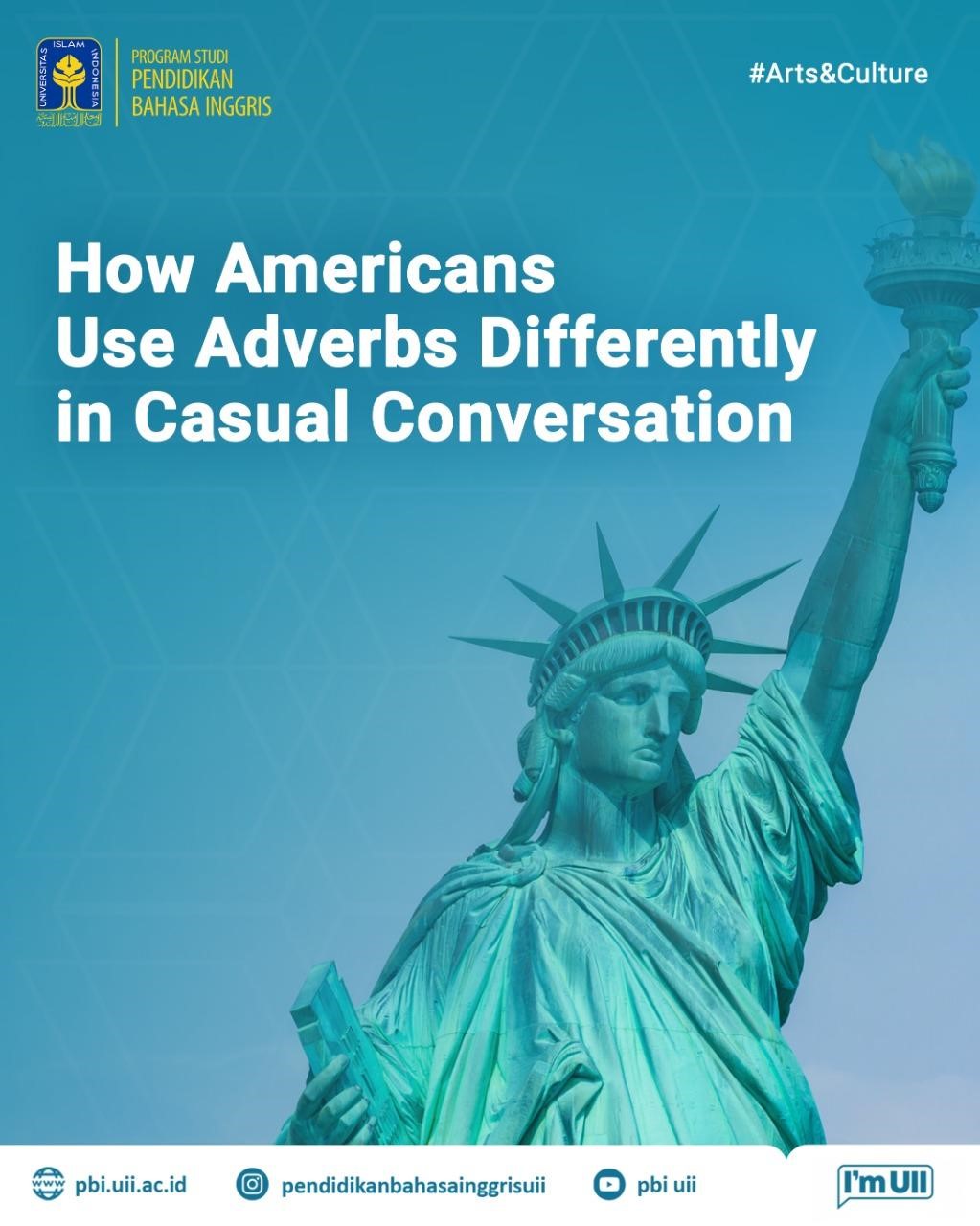Rinjani Mountain: A Dazzling Screen in Small Island

Written by Youme Hanesfu Noor
Edited by Ninik Tri Astutik
Where is Rinjani mountain located?
A trip to Rinjani mountain tourist attractions takes about three or four hours from Lombok International Airport. You can depart from the airport then will pass through the Jelojok market in Kopang, Central Lombok then proceed to North Lombok where Rinjani is located. Rinjani Mountain is a famous place in Lombok where it has become a place for climbing tours coming from all over the country year to year. Rinjani has been famous for its height reaching 3.726 meters making it the 5th highest mountain in Indonesia. Rinjani has a beautiful and amazing way, a huge water dam and a unique milk cave. The landscapes are full of steep cliffs, valleys and small rivers that come from mountain sulfur water. To reach Rinjani’s peak, you can go through the Sembalun route where its route is full of downhill. You will hardly find spring but it is easy to find people who sell food. Another way you can cross is through the Torean route also known as the heaven route because there are plenty of forests and valleys along the way. You will probably witness many monkeys climbing trees and every mountain way with a handful of bread and fruits given by people.
Why should we go to Rinjani mountain?
Rinjani is a heavenly place. There are famous landmarks because of their uniqueness such as Segara Anak and Susu Cave. Segara Anak is a huge water dam that has been a legendary story of the beauty of Mount Rinjani. With clear water, the huge water dam can be used for taking a bath or even drinking water. Don’t feel bad when the food stock runs out because people usually do fishing or prepare bait for catching fish. On the journey to the peak, many people probably don’t know there is a place called Susu Cave where ‘susu’ refers to the word ‘milk’. This place is a rest area to whoever returned from the peak. This is also famous as a place of ‘medication’ due to local residents’ belief that when people who bathe are like being reborn in other worlds and erased their committed sins.
What should we know about Rinjani Mountain?
The top of Rinjani is not the only beauty we will see. Have you ever known that Rinjani Mountain has a place called the Pelawangan Gate? The older adults still believe in the custom that they must pray when going through the Pelawangan Gate. They said that they should pray for God’s protection when climbing the mountain because it is known that we entered a different realm. You may not believe it, just so that you know.
What things do we need to be aware of?
For people who are interested in visiting Rinjani, they need to prepare several important things before getting there. Beginners usually don’t know when to start. First, they need to be aware of their physical condition. This may sound trivial yet in fact, this is an important thing to not be underestimated. Second, you have to prepare items such as clothes, medicines, food and other personal equipment you may need. Another important thing is the weather, it’s a very cold and foggy place during the day and slippery at night especially in the rainy season. The temperature reaching 12 degrees celsius means that you need to prepare a thick coat, jacket, blanket, and mantel to keep yourself warm. If you plan to climb at night, a flashlight is a must to see every track in the journey. One thing you need to know is you need to stick as a crutch in every step when you climb uphill and downhill areas. For that, you need shoes as well as hats to protect yourself. The shoes will protect your feet from dangerous objects and other factors, meanwhile hats will protect you from direct sunlight.
Summary
Thus, every year tourists come to Rinjani Mountain to enjoy nature and capture breath-taking pictures. SO ARE YOU. Invite your friends to come to Lombok and climb the Rinjani Mountain. Don’t worry if you are alone because you can have road guides to get you into the journey. Enjoy every trip and keep safe so that you reach your destination with natural beauty. Let’s together see the beauty of the mountain which brings an extraordinary experience and the moment that can’t be forgotten.






